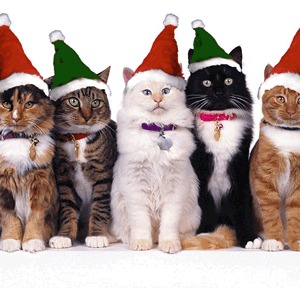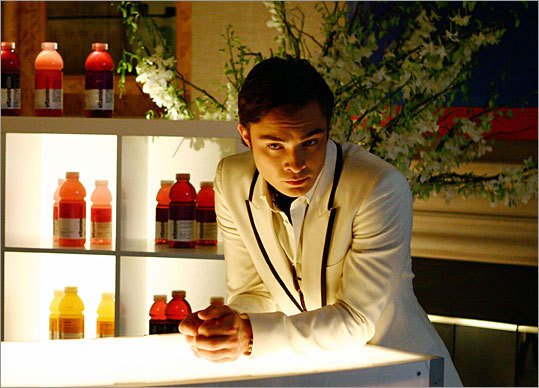On the last night of my time in San Francisco this Thanksgiving break, I witnessed one of the many riots happening in response to Ferguson that occurred across the country. Seeing as I was there, I thought I would take a look at the descriptions of the event through the eyes of the media.
Granted, I did leave just before the protesters started to get riot-y, so I cannot vouch for how the environment got after the initial protests. When I left though, there were A LOT of police patrolling the streets and I did see people in the middle of Union Square holding signs for Ferguson. I did not however see any commotion from the protestors as I was leaving.
The article's title itself is already biased and negate toward the protesters. It reads, "Black Friday Protest Over Ferguson Decision Turns Ugly, Clashes In Union Square, Mission District." By saying, "turns ugly," the reader of this article pictures the protestors (mainly peaceful) all savagely tearing through Union Square. By having this pretense set in the title, the reader can no longer view the protests for what they are supposed to be viewed for and must instead see them as completely negative and violent.
The article also states that bricks were "hurled" along with listing more violent acts. Now, I am not saying that I condone these acts. I certainly do not appreciate the protests turning violent and causing harm to the businesses surrounding them. But I do believe that because the article is only describing the violent acts, the audience will not understand the reasons behind the protests in the first place. If the article is going to bash the protestors, the article must also illustrate to the readers why the protestors are protesting in the first place and should not generalize and label all of the protesters in the title of the article.
here is the link for the article. http://sanfrancisco.cbslocal.com/2014/11/28/activists-protest-ferguson-decision-ahead-of-union-square-black-friday-tree-lighting-san-francisco-macys-michael-brown-shooting-police-killings-embarcadero/










